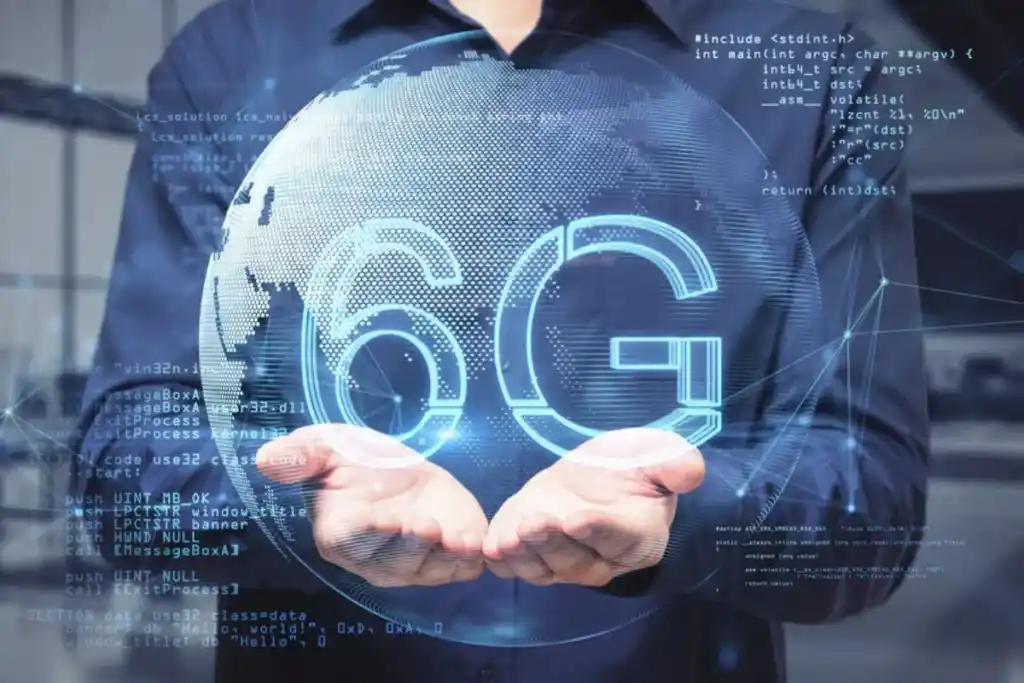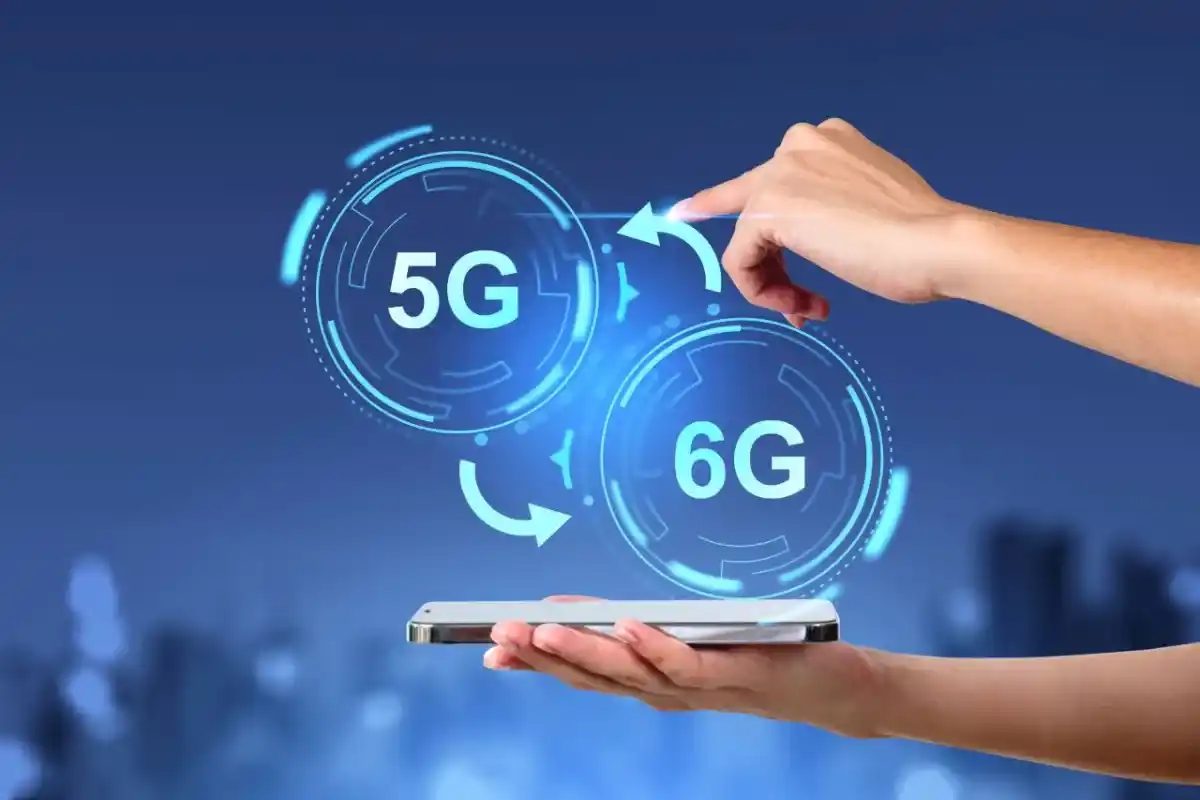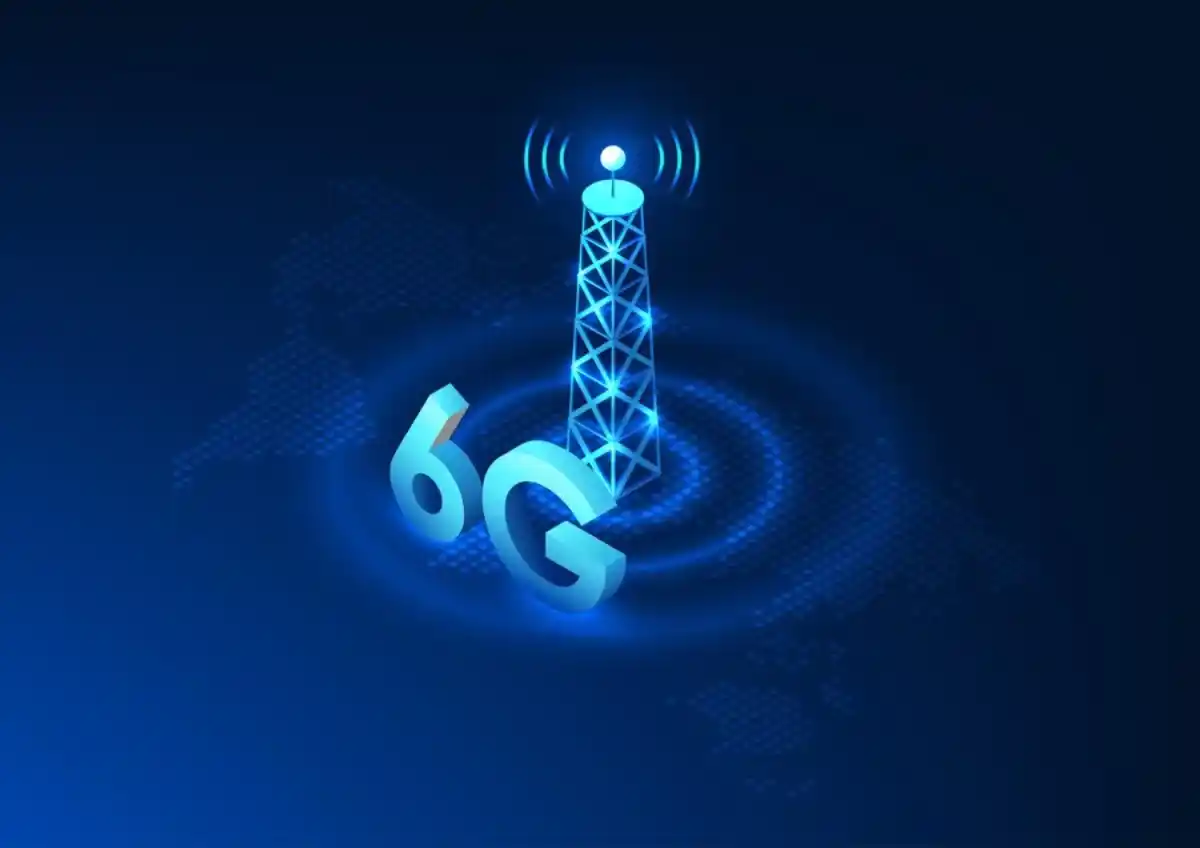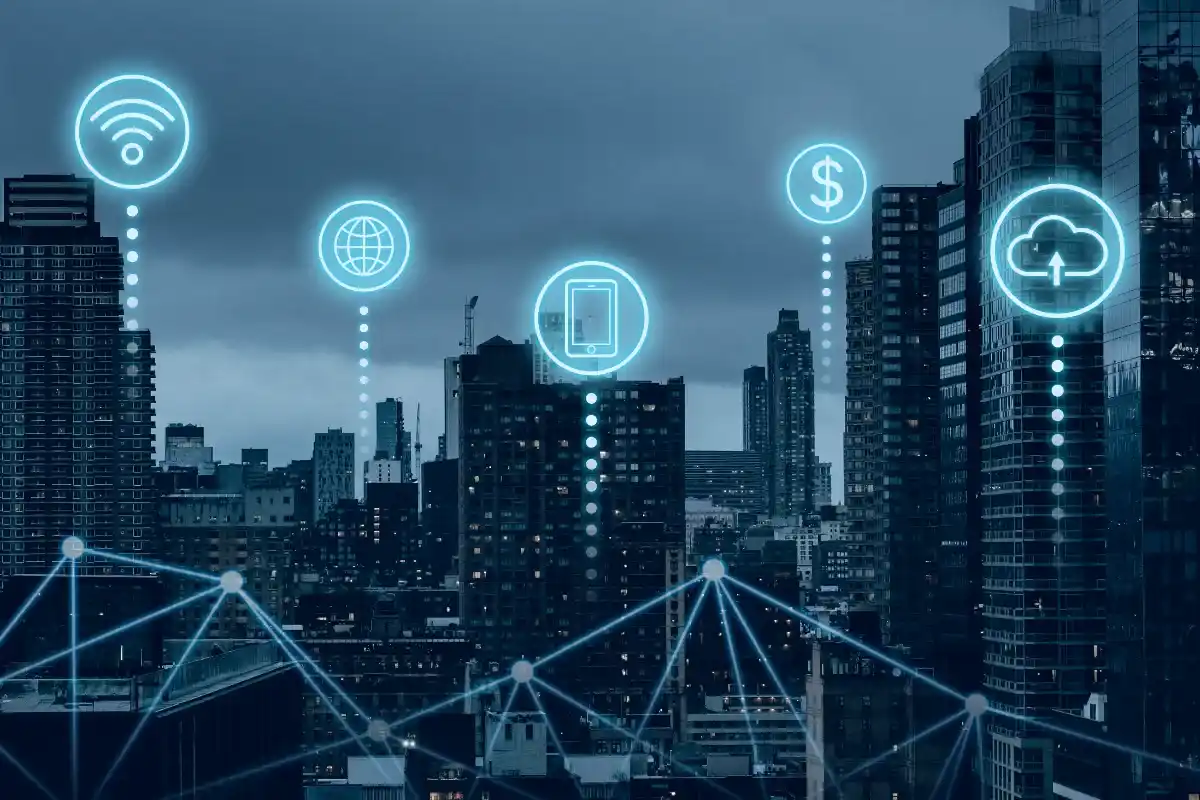
The Future of 6G: What to Expect
With the rise of 5G, researchers and tech firms are now eyeing the next big thing: 6G technology. 6G is set to launch by 2030. It will change connectivity with amazing speed and efficiency. This new technology will create applications that change industries and everyday life.
The demand for faster and more reliable mobile networks is growing. As more devices connect, the limits of 5G will soon show. 6G technology will fix these issues and start a new era of connectivity.

How 6G Will Differ from 5G
5G has greatly boosted network speed, latency, and capacity. But 6G will enhance these features even more. 6G will be much faster than 5G. It will reach speeds of up to 1 terabit per second (Tbps) and allow near-instant data transmission.
5G networks dance on millimeter-wave frequencies. Meanwhile, 6G is gearing up to soar in the terahertz (THz) spectrum. This leap will unlock unmatched bandwidth and turbocharged data speeds. A broader spectrum opens new doors. It enhances holographic communication, boosts AI automation , and creates unforgettable experiences.

Expected Speed and Latency in 6G Networks
Get ready for a revolution: 6G is set to unleash speeds 100 times quicker than 5G. With latency plunging below 1 millisecond, it’s a game-changer for real-time communication. Picture this: self-driving cars gliding safely through streets and remote surgeries performed flawlessly. This new technology will make applications safer and more efficient. It will also open up new opportunities for innovation.
Ultra-low latency allows smooth streaming of ultra-high-definition (UHD) content and cloud gaming. There will be no buffering. Processing large data quickly will boost machine-to-machine communication in industries.
Spectrum and Frequency Innovations
6G will use higher frequency bands, like the terahertz (THz) spectrum. This change will provide more bandwidth and faster data transmission. These higher frequencies will enable more devices to connect simultaneously without network congestion.
Navigating higher frequencies presents a tough puzzle of signal reach and coverage. 6G is here to solve this problem. It uses smart beamforming and reconfigurable intelligent surfaces (RIS). Advanced antennas will finish the trio. They will create steady connectivity across different landscapes. Say goodbye to connectivity hiccups in any environment!
AI and Machine Learning in 6G Networks
AI and machine learning will be key in making 6G networks better. AI algorithms will boost network efficiency. They will predict failures and allocate resources dynamically. This helps keep performance at its best.
Machine learning will boost signal transmission, enhance traffic management, and cut energy use. AI security systems detect and reduce cyber threats in real time. This helps keep networks safe and user privacy intact.

Integration of 6G with Smart Cities
6G technology will play a vital role in smart cities. It will connect autonomous vehicles, IoT devices, and infrastructure easily. This will lead to improved traffic management, energy conservation, and public safety.
6G will help smart grids optimize energy distribution. This will cut down on power waste. Smart surveillance systems boost security. They allow for real-time video analysis and can detect anomalies.
The Role of 6G in Healthcare
6G will change healthcare. It will allow real-time remote surgeries. AI will help with diagnostics. Telemedicine services will also improve. Ultra-low latency and quick data speeds will create smooth interactions between doctors and patients, no matter where they are.
Wearable devices will get smarter. They will track vital signs and send health data to doctors in real-time. This will enable proactive healthcare interventions and personalized treatment plans.
Advancements in Augmented and Virtual Reality
6G will boost augmented reality (AR) and virtual reality (VR) like never before. It offers near-instant data transmission, enhancing these experiences significantly. Gaming, training, education, and entertainment will be more immersive and realistic than ever.
Remote collaboration will be enhanced through holographic meetings and interactive 3D environments. AR navigation systems will give users real-time, relevant information. This will improve daily tasks and make travel more enjoyable.

Space and Satellite Connectivity with 6G
6G will use satellite networks to provide worldwide connectivity. This includes reaching remote and underserved areas. This will close the digital gap. It will provide high-speed internet access for all, no matter where they live.
Low Earth orbit (LEO) satellites will be key for a smooth 6G network. These satellites will ensure uninterrupted connectivity for autonomous ships, aircraft, and space missions.
Security and Privacy in 6G Networks
As data speeds increase, so will the importance of cybersecurity. 6G will use advanced encryption, AI for threat detection, and quantum security. These features will help protect sensitive information from cyberattacks.
6G can handle huge amounts of personal data quickly, which raises privacy concerns. Decentralised identity management and blockchain-based authentication systems will help enhance user data protection.
Environmental and Energy Efficiency of 6G
6G networks will focus on sustainability by optimising energy consumption.
Harnessing AI-powered resource management and energy-efficient hardware, we’re shrinking carbon footprints. Together, we can pave the way for a greener tomorrow.
We’re using new ways to gather energy. This includes solar base stations and wireless power transfer. This helps cut down the environmental impact of next-gen connectivity.
Challenges in Developing 6G Technology
6G has great benefits, but it also faces challenges. These include high infrastructure costs, limited spectrum availability, and regulatory hurdles. Addressing these issues will be crucial for successful implementation.
Governments and telecom companies must collaborate to establish global 6G standards and policies. Upgrading networks and building new infrastructure will impact how fast adoption occurs.
Potential Applications of 6G in Everyday Life
6G will change how we use technology. It will improve smart homes, self-driving cars, AI helpers, and holographic calls. This shift will make everyday tasks easier and more efficient.
Smart wearables will change into AI-powered personal helpers. They will give users instant insights and suggestions. Self-driving cars will be more reliable. They will use ultra-fast connectivity to process traffic data in real time.
Global Efforts in 6G Development
The U.S., China, South Korea, and Japan are all investing a lot in 6G research and development. Governments, tech companies, and universities will work together. This teamwork will spark innovation and help standardize 6G networks worldwide.
Global partnerships will speed up the growth of advanced 6G technologies. This will make sure the next-gen mobile networks are secure and can grow easily.
The Future of Mobile Networks
6G is the future of mobile networks. It can change industries, improve connectivity, and build smarter, more efficient societies. Widespread use may be years away. Still, research and innovation will drive wireless technology in the next decade.
6G will not only redefine how people connect but will also pave the way for a fully digital and automated world. As technology gets better, industries and consumers will benefit. They’ll enjoy a network that is smarter, safer, and faster.


